The Cornish have an old song that tells of the three sources of income . Today that has changed and no longer are fish, tin and copper the main income products; its tourism with most of the old mines developed as a hiking trail. All tin and copper mines in Cornwall are now closed, South Crofty being the last which I went down into with my cousins husband about seix years ago. Pictured below are part of the great flat load, an area of immense wealth many years ago where the tin was found in a large flat vein: hence the name the great flat load. It is designated an UNESCO world heritage site and holds the same place in thier hearts as does the tower of London for Londoners which is also a UNESCO site.
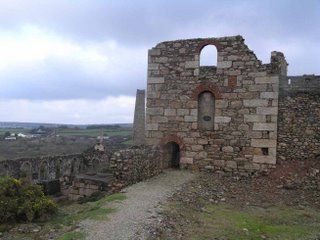
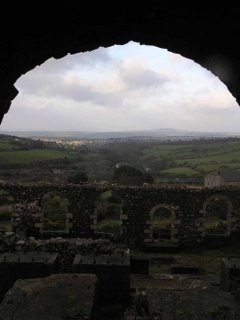
During some of the Christmas break I returned to Cornwall in South West England where I lived until emigrating to Canada with my family in the late seventies. Cornwall is strewn with the remnants of the once great tin and copper mining industry. Wheel Basset at Carnkie, where my mothers side of the family lived was part of the great flat load. Pictured is Wheel Basset, this building housed two 30" cylinder rotative beam engines that drove 96 heads of stamps that crushed the extracted ore. This became part of the great Basset Mine company in 1896 and was worked until it closed in 1918.
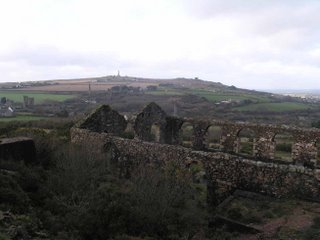
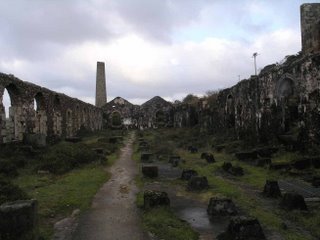
This is the stamping room where extracted ore was crushed, 96 stamps worked here in what was then a very noisy building.
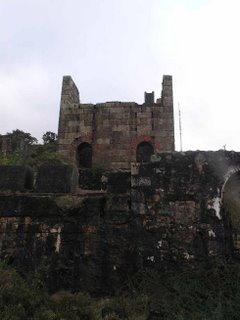
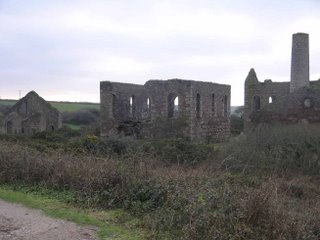
The South Wheal Frances group of mines are also at Carnkie with the crushed ore being transported from Wheal Basset to Wheal Frances by a small steam train.
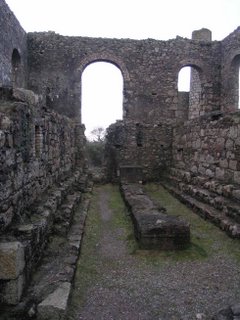
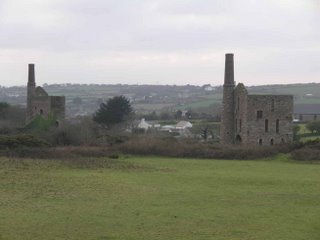
The two houses above are named after the Pascoe's who were involved in tin mining. My father worked as a carpenter in the South Crofty Mine for a brief period of time and since Pascoe is a cornish name many distant relatives worked the tin mines of Cornwall. The house on the right is called South Wheal Frances Pascoe's Engine Pumping House, this housed a large steam driven pump that pumped the water from the mines, keeping in mind that many of the shafts were below sea level and in fact reached under the nearby ocean floor. The house on the left is called
South Wheal Frances Pascoe's Engine Winding House and operated the winding gear that ran the lift that took men below ground and brought them back-up again.
 Part of Wheal Frances, in the distance through the arches is the first school I attended, now closed: Peace School.
Part of Wheal Frances, in the distance through the arches is the first school I attended, now closed: Peace School.See the Mineral Tramways website for more information:
http://www.cornwall-online.co.uk/mineral-tramways/Welcome.html
A history of the great flat lode:
http://www.shimbo.co.uk/history/gflode.htm
Cornish Mining World Heritage:
http://www.cornish-mining.org.uk/sites/gfl.htm
1 comment:
Thank you for taking the time to create this documentary so that we can all live vicariously through your travels and experiences. What a life time opportunity to connect with your roots and further advance your knowledge. I wish you continued success in your studies and look forward more of adventure updates. Miss you my friend! Cheers!
Post a Comment